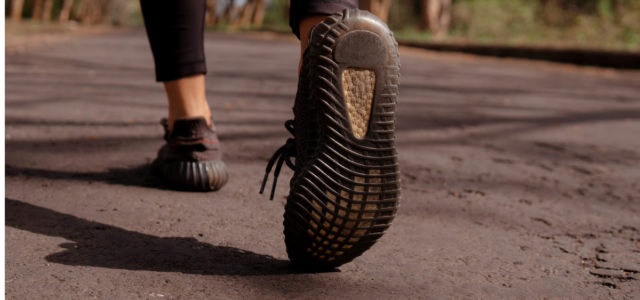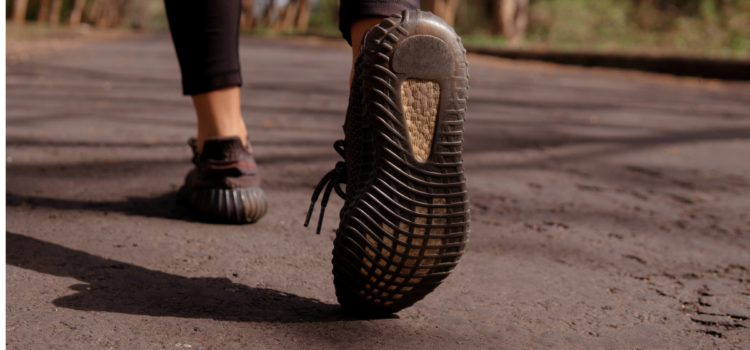Runners should replace their running shoes every 300 to 500 miles. While a new pair is exciting, it can be uncomfortable if not properly broken in. Without this step, runners risk blisters, soreness, or even injury. For youth runners, who are growing and increasing their mileage, proper break-in is especially key.
So how does a runner do so? This step-by-step guide makes sure that new pair of running sneakers feels just as good at mile five as they did in the store.
1. Get Fitted
Runners should always visit a local running goods store in person to be properly fitted for shoes. A properly fitted pair means they are not too tight at the heel, with a thumb’s width of space available from the big toe to the edge of the toe box. Stretch the toes to make sure there is wiggle room to spread the toes out for comfort.
It’s also important to think about whether or not the runner needs a neutral sneaker or more stability, as well as if they prefer more plush cushion or not.
A great rule of thumb is that is the shoes hurt when on, these are the wrong pair.
2. Take Them For A Spin At Home
Break in the shoes at home before lacing up for the track or trails. Wear them for short periods at home or around the block to allow the feet to adjust to the arch support and heel drop before pounding the pavement, which adds stress to the feet.
3. Easy Runs First
When ready to break the shoes out for a run, it’s best to keep these to an easy pace, short miles for the first few workouts. Build up to longer mileage since these are a new pair and the feet may need to get used to them. Going easy allows for the muscles, tendons, and joints to adapt to any subtle changes this new pair has compared to older models previously worn.
4. Keep A Rotation
It’s never a good idea to only run in one single pair. Rotate between the new shoes and your previous pair for a week or two as you break the new ones in. Once the sneakers are broken in, still keep a rotation of at least two pairs to extend the shelf life of your sneakers will catering to the needs of the workout. For example, lightweight running shoes for track sprints and a more cushioned pair for long runs.
5. Wear Running Socks
Always wear running socks for workouts to further prevent blisters caused by friction, while the fabric often wicks away moisture. Never wear cotton socks for running, which trap sweat and increase irritation.
New running shoes should never be painful. Mild muscle soreness is normal with any new shoe, but sharp pain, swelling, or persistent discomfort isn’t. Be aware if areas feel tight or if there is soreness in the arches or shins. First, loosen the laces or try a different lacing technique, and try thicker or thinner socks. If major discomfort continues, this is a sign that these are not the right pair.
It takes about 20 to 30 miles of running for the shoe to be fully broken in. This means that the midsole has softened and the upper has adjusted and molded to match movement.






No comments so far.
Be first to leave comment below.